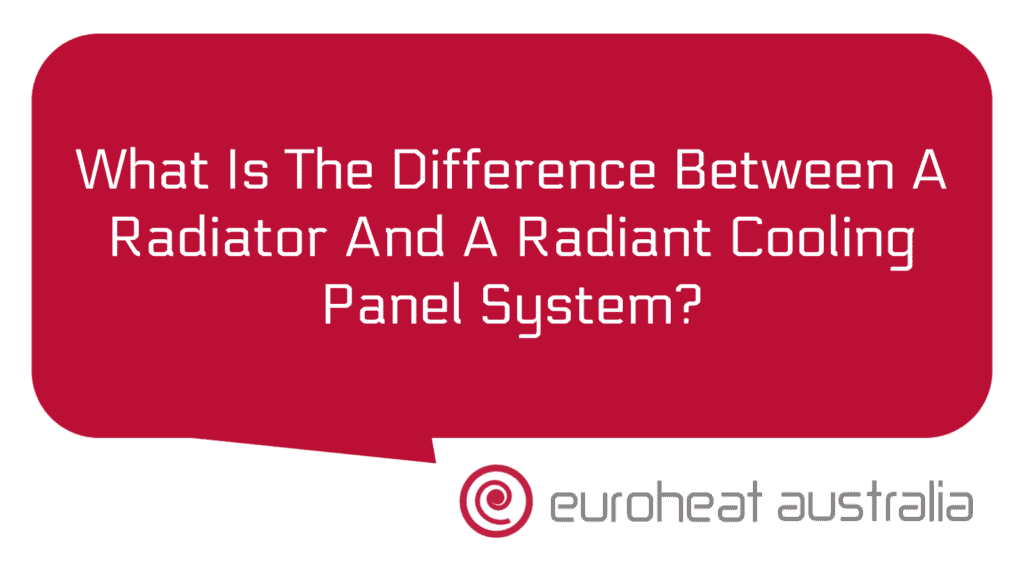Managing Heat Losses in Below-Grade and Exterior Floor Framing
If you’re looking to keep your home warm and cosy, you should be aware of heat losses in below-grade and exterior floor framing. Heat loss is the process of heat leaving a space through walls, windows and other surfaces. In order to maintain a comfortable temperature throughout your home all year round, it’s important to manage this heat loss.
The most common type of heat loss is through conduction. This happens when warm air moves from one material to another material with a lower temperature. For example, heat from the inside of your home will pass through walls and windows into the outside environment. This process can be managed by using insulation materials, such as foam or fibreglass, which are designed to reduce conduction losses by trapping warm air between two layers of material.
Another type of energy loss that can occur in below-grade and exterior floor framing is convection. This occurs when air moves from one area to another because of differences in temperature or pressure. For example, warm air will rise from inside your home into cold attic spaces and out through vents or cracks in the ceiling. To prevent this kind of heat loss, it’s important to ensure that all cracks and vents are sealed properly so that no warm air can escape.
Finally, there is radiation energy loss which occurs when infrared radiation passes directly through an object without being absorbed by it first. This type of energy loss can be managed by installing reflective insulation materials that absorb infrared radiation rather than allowing it to pass through the object itself. This will help keep the temperature inside your home stable year-round while also reducing energy costs associated with managing temperatures manually with heating/cooling systems such as air conditioners or radiators.
One way to further manage these heat losses is by installing underfloor heating systems in below-grade and exterior floor framing areas around your home such as basements or garages where insulation might not reach as easily due to location restrictions or design features like stairs or furniture placement that can cause obstructions for traditional insulation methods like batting or spray foam insulation.. Underfloor heating systems use heated water piped beneath floors and into rooms at regular intervals which helps evenly distribute warmth throughout the space without having to rely on traditional heating systems like radiators which require manual adjustment depending on outside temperatures..
Using a system like this could save you up to 25% on heating costs compared to relying solely on traditional methods while also being more efficient due to its ability to effectively spread warmth throughout a larger area at once instead of just around individual sources like radiators.. Additionally, underfloor heating systems are often quieter than traditional options so they won’t disrupt everyday activities like sleeping or studying while they’re operating either..
If you’re looking for an experienced engineering company who specialise in designing and constructing hydronic heating & cooling systems then Euroheat Australia is definitely worth considering.. With over 30 years experience in designing & constructing hydronic heating & cooling systems for residential properties across Perth Euroheat Australia have extensive knowledge about how best to design & construct efficient hydronic systems tailored specifically for each individual property so you know that whatever system they install will work effectively.. They also provide ongoing maintenance services so any issues with your system can be addressed quickly & easily ensuring minimal disruption & maximum efficiency from your underfloor heating system for years after installation..
At the end of the day installing an underfloor heating system could prove beneficial both financially & thermally for Australian homeowners looking for an effective way managing heat losses in their below-grade & exterior floor framing areas with long lasting efficiency savings & comfort levels – something worth considering if you want keep your home warm all year round!





